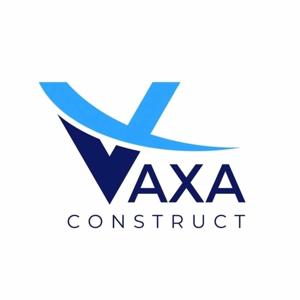Natural disasters like earthquakes pose a significant risk to commercial properties. While earthquakes cannot be prevented, their impact can be minimized through seismic design—a specialized engineering approach that enhances the resilience and safety of buildings. For a Commercial Construction Company in NJ, incorporating seismic design principles is essential for protecting both people and assets.
1. What Is Seismic Design?
Seismic design is the process of engineering buildings to withstand earthquake forces. Instead of making structures completely earthquake-proof, the goal is to:
Reduce structural damage
Prevent collapse
Ensure safe evacuation for occupants
This approach combines advanced materials, engineering methods, and design standards to improve overall safety.
2. Why Seismic Design Matters in Commercial Construction
Commercial buildings often accommodate large numbers of people and valuable assets. An earthquake can cause:
Structural failure leading to injuries or fatalities
Major financial losses from repairs or downtime
Liability issues for property owners
By integrating seismic design, companies safeguard both human life and business continuity.
3. Key Elements of Seismic Design
A Commercial Construction Company in NJ employs several strategies to improve seismic safety, including:
Flexible Structural Systems: Buildings are designed to sway without collapsing, absorbing earthquake forces instead of resisting them rigidly.
Base Isolation Systems: Specialized bearings or pads are installed between the building foundation and superstructure to reduce vibration transfer.
Damping Mechanisms: Shock absorbers and dampers are used to dissipate seismic energy.
Reinforced Materials: Steel reinforcement, high-strength concrete, and advanced composites enhance durability.
Redundancy in Design: Multiple load paths are included so that if one system fails, others can take the load.
4. Compliance with Building Codes
Local and international building codes set standards for seismic safety. A Commercial Construction Company in NJ ensures that projects meet or exceed these requirements. By adhering to codes, buildings are not only safer but also compliant with legal regulations, which reduces liability for property owners.
5. Cost vs. Safety Benefits
While seismic design can increase upfront construction costs, the long-term benefits far outweigh the investment:
Reduced repair costs after an earthquake
Extended lifespan of the building
Lower insurance premiums for property owners
Protection of brand reputation by ensuring occupant safety
For businesses, the ability to resume operations quickly after a natural disaster is invaluable.
6. Seismic Design and Modern Commercial Construction
As urban areas expand, demand for taller and more complex commercial structures is rising. Seismic design principles are especially critical in:
High-rise office towers
Hospitals and healthcare centers
Educational institutions
Warehouses and industrial plants
Mixed-use commercial complexes
By prioritizing seismic resilience, these structures become safer, more reliable, and more appealing to investors and tenants.
Conclusion
Seismic design is not just a technical requirement—it’s a responsibility that ensures the safety of people, protects investments, and strengthens community resilience. For businesses seeking to build durable and disaster-ready properties, partnering with an experienced Commercial Construction Company in NJ is the key to success.
At Vaxa Construct, we specialize in designing and delivering commercial buildings that meet the highest seismic safety standards while balancing cost efficiency and modern design.












Write a comment ...